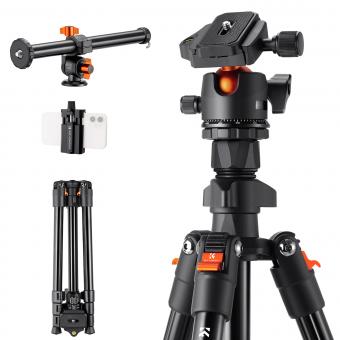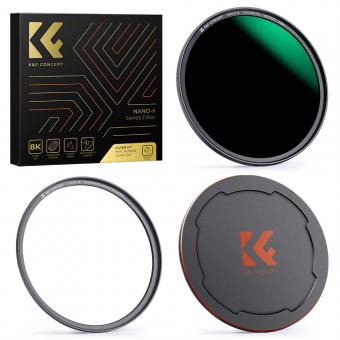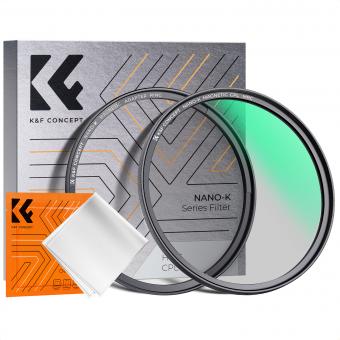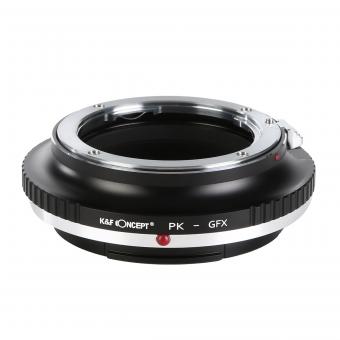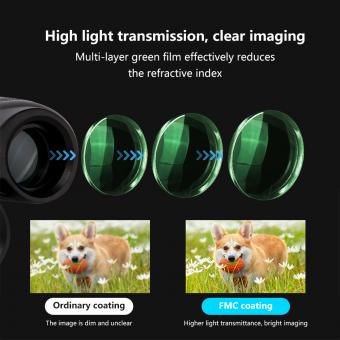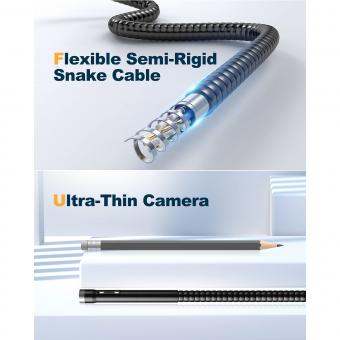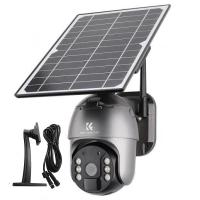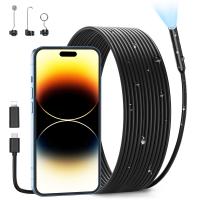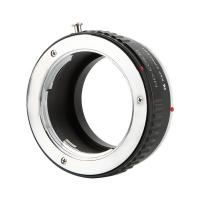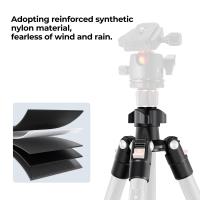What Is A Endoscopic Browlift?
An endoscopic brow lift is a minimally invasive surgical procedure that is used to lift the eyebrows and forehead. It involves the use of an endoscope, which is a small camera that is inserted through tiny incisions in the scalp. The endoscope allows the surgeon to see the underlying muscles and tissues of the forehead and brow area without making large incisions.
During the procedure, the surgeon will use small instruments to lift and reposition the muscles and tissues of the forehead and brow area. This can help to smooth out wrinkles and lines, and create a more youthful and refreshed appearance.
Endoscopic brow lifts are typically performed on an outpatient basis, and patients can usually return to work and other normal activities within a week or two. The procedure is generally considered safe and effective, with minimal scarring and a relatively short recovery time.
1、 Endoscopic technique for browlift surgery
Endoscopic technique for browlift surgery is a minimally invasive surgical procedure that is used to lift the eyebrows and forehead. This technique involves the use of an endoscope, which is a small camera that is inserted through small incisions in the scalp. The endoscope allows the surgeon to see the underlying muscles and tissues of the forehead and brow area, which helps to guide the surgical instruments.
During the procedure, the surgeon will make several small incisions in the scalp, through which the endoscope and other surgical instruments are inserted. The surgeon will then use these instruments to lift and reposition the muscles and tissues of the forehead and brow area. The incisions are then closed with sutures or staples, and the patient is typically able to return home the same day.
One of the main advantages of the endoscopic technique for browlift surgery is that it is less invasive than traditional browlift surgery. This means that there is less scarring, less pain, and a shorter recovery time. Additionally, because the endoscope allows the surgeon to see the underlying tissues more clearly, there is less risk of damage to surrounding structures.
However, it is important to note that not all patients are good candidates for endoscopic browlift surgery. Patients with very severe sagging or drooping of the forehead and brow area may require a more extensive surgical procedure. Additionally, patients with certain medical conditions may not be good candidates for any type of surgical procedure.
Overall, the endoscopic technique for browlift surgery is a safe and effective option for many patients who are looking to improve the appearance of their forehead and brow area. As with any surgical procedure, it is important to discuss the risks and benefits with your surgeon before making a decision.
2、 Advantages of endoscopic browlift over traditional methods
What is an endoscopic browlift?
An endoscopic browlift is a minimally invasive surgical procedure that is used to lift the eyebrows and forehead. It involves the use of a small camera, called an endoscope, which is inserted through small incisions in the scalp. The endoscope allows the surgeon to see the underlying muscles and tissues, which can be repositioned to lift the eyebrows and smooth out wrinkles on the forehead.
Advantages of endoscopic browlift over traditional methods
Compared to traditional browlift methods, the endoscopic approach offers several advantages. First, it is less invasive, which means that there is less scarring and a shorter recovery time. Second, the endoscopic technique allows for more precise and targeted lifting of the eyebrows, which can result in a more natural-looking result. Third, the endoscopic approach can be combined with other facial rejuvenation procedures, such as eyelid surgery or a facelift, to achieve a more comprehensive improvement in facial appearance.
The latest point of view on endoscopic browlifts is that they are becoming increasingly popular among patients who want to achieve a more youthful and refreshed appearance without undergoing a full facelift. According to the American Society of Plastic Surgeons, the number of endoscopic browlift procedures performed in the United States has increased by 20% over the past decade. This trend is likely to continue as more patients become aware of the benefits of this minimally invasive technique.
3、 Risks and complications associated with endoscopic browlift
What is an endoscopic browlift?
An endoscopic browlift is a minimally invasive surgical procedure that is used to lift the eyebrows and forehead. It involves the use of an endoscope, which is a small camera that is inserted through small incisions in the scalp. The endoscope allows the surgeon to see the underlying muscles and tissues, which are then lifted and repositioned to create a more youthful and refreshed appearance.
The procedure is typically performed under general anesthesia and takes about 1-2 hours to complete. Recovery time is relatively short, with most patients able to return to work and normal activities within 1-2 weeks.
Risks and complications associated with endoscopic browlift:
As with any surgical procedure, there are risks and potential complications associated with endoscopic browlift. These may include:
1. Infection: Although rare, infection can occur after any surgical procedure. Patients are typically prescribed antibiotics to help prevent infection.
2. Bleeding: Some bleeding is normal after surgery, but excessive bleeding can be a sign of a more serious complication.
3. Nerve damage: The nerves that control facial movement can be damaged during the procedure, leading to temporary or permanent facial weakness.
4. Scarring: Although the incisions used in endoscopic browlift are small, scarring can still occur.
5. Hair loss: Some patients may experience temporary hair loss around the incision sites.
6. Unsatisfactory results: While most patients are happy with the results of their endoscopic browlift, there is always a risk of unsatisfactory results.
It is important to discuss these risks and potential complications with your surgeon before undergoing any surgical procedure. With proper planning and execution, the risks associated with endoscopic browlift can be minimized, and patients can enjoy a more youthful and refreshed appearance.
4、 Recovery and aftercare following endoscopic browlift
What is an endoscopic browlift?
An endoscopic browlift is a minimally invasive surgical procedure that is used to lift the eyebrows and forehead. It involves the use of a small camera, called an endoscope, which is inserted through small incisions in the scalp. The endoscope allows the surgeon to see the underlying muscles and tissues, which can then be repositioned to lift the eyebrows and smooth out wrinkles on the forehead.
Recovery and aftercare following endoscopic browlift:
After the procedure, patients can expect some swelling and bruising around the forehead and eyes. Pain and discomfort can also be expected, but can be managed with pain medication prescribed by the surgeon. Patients are advised to keep their head elevated for the first few days following the procedure to help reduce swelling.
Most patients are able to return to work and normal activities within a week to 10 days after the procedure. However, strenuous activities and exercise should be avoided for at least two weeks to allow for proper healing.
It is important for patients to follow their surgeon's post-operative instructions carefully to ensure proper healing and to minimize the risk of complications. These instructions may include avoiding certain medications, such as blood thinners, and keeping the incision sites clean and dry.
The latest point of view on recovery and aftercare following endoscopic browlift is that patients should also be mindful of their diet and hydration levels during the recovery period. Proper nutrition and hydration can help promote healing and reduce the risk of complications. Additionally, patients should avoid smoking and alcohol consumption during the recovery period, as these can interfere with the healing process.

